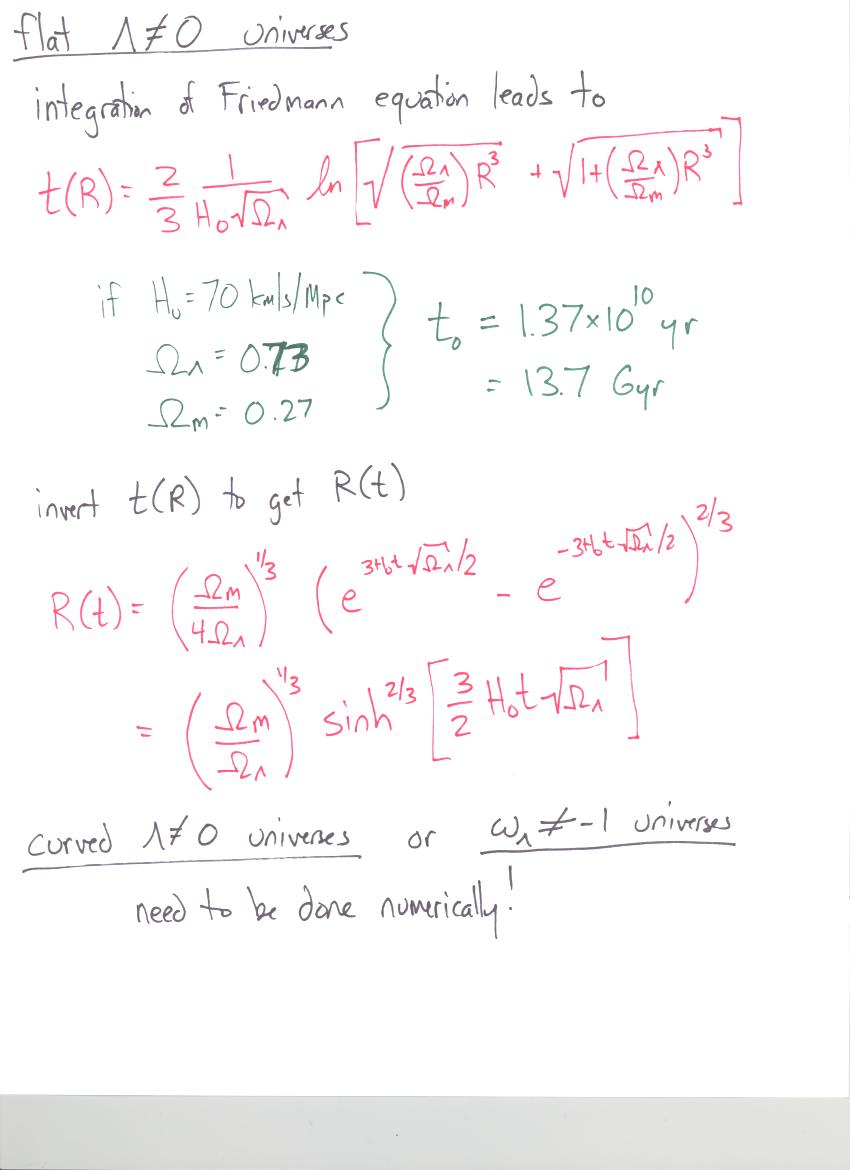
Though the Hubble constant H 0 is constant at any given moment in time, the Hubble parameter H, of which the Hubble constant is the current value, varies with time, so the term constant is sometimes thought of as somewhat of a misnomer. Hubble inferred the recession velocity of the objects from their redshifts, many of which were earlier measured and related to velocity by Vesto Slipher in 1917. Then Georges Lemaître, in a 1927 article, independently derived that the universe might be expanding, observed the proportionality between recessional velocity of, and distance to, distant bodies, and suggested an estimated value for the proportionality constant this constant, when Edwin Hubble confirmed the existence of cosmic expansion and determined a more accurate value for it two years later, came to be known by his name as the Hubble constant. Friedmann published a set of equations, now known as the Friedmann equations, showing that the universe might be expanding, and presenting the expansion speed if that were the case. In this form H 0 = 7%/Gyr, meaning that at the current rate of expansion it takes a billion years for an unbound structure to grow by 7%.Īlthough widely attributed to Edwin Hubble, the notion of the universe expanding at a calculable rate was first derived from general relativity equations in 1922 by Alexander Friedmann. The Hubble constant can also be interpreted as the relative rate of expansion. However, crossing out units reveals that H 0 is a unit of frequency (SI unit: s −1) and the reciprocal of H 0 is known as the Hubble time. The Hubble constant is most frequently quoted in ( km/ s)/ Mpc, thus giving the speed in km/s of a galaxy 1 megaparsec (3.09 ×10 19 km) away, and its value is about 70 (km/s)/Mpc. (See Comoving and proper distances § Uses of the proper distance for discussion of the subtleties of this definition of velocity.) the derivative of proper distance with respect to the cosmological time coordinate. It is described by the equation v = H 0 D, with H 0 the constant of proportionality-the Hubble constant-between the "proper distance" D to a galaxy, which can change over time, unlike the comoving distance, and its speed of separation v, i.e. The motion of astronomical objects due solely to this expansion is known as the Hubble flow. Hubble's law is considered the first observational basis for the expansion of the universe, and today it serves as one of the pieces of evidence most often cited in support of the Big Bang model. The velocity of the galaxies has been determined by their redshift, a shift of the light they emit toward the red end of the visible spectrum.

In other words, the farther they are, the faster they are moving away from Earth. Hubble's law, also known as the Hubble–Lemaître law, is the observation in physical cosmology that galaxies are moving away from Earth at speeds proportional to their distance.


 0 kommentar(er)
0 kommentar(er)
